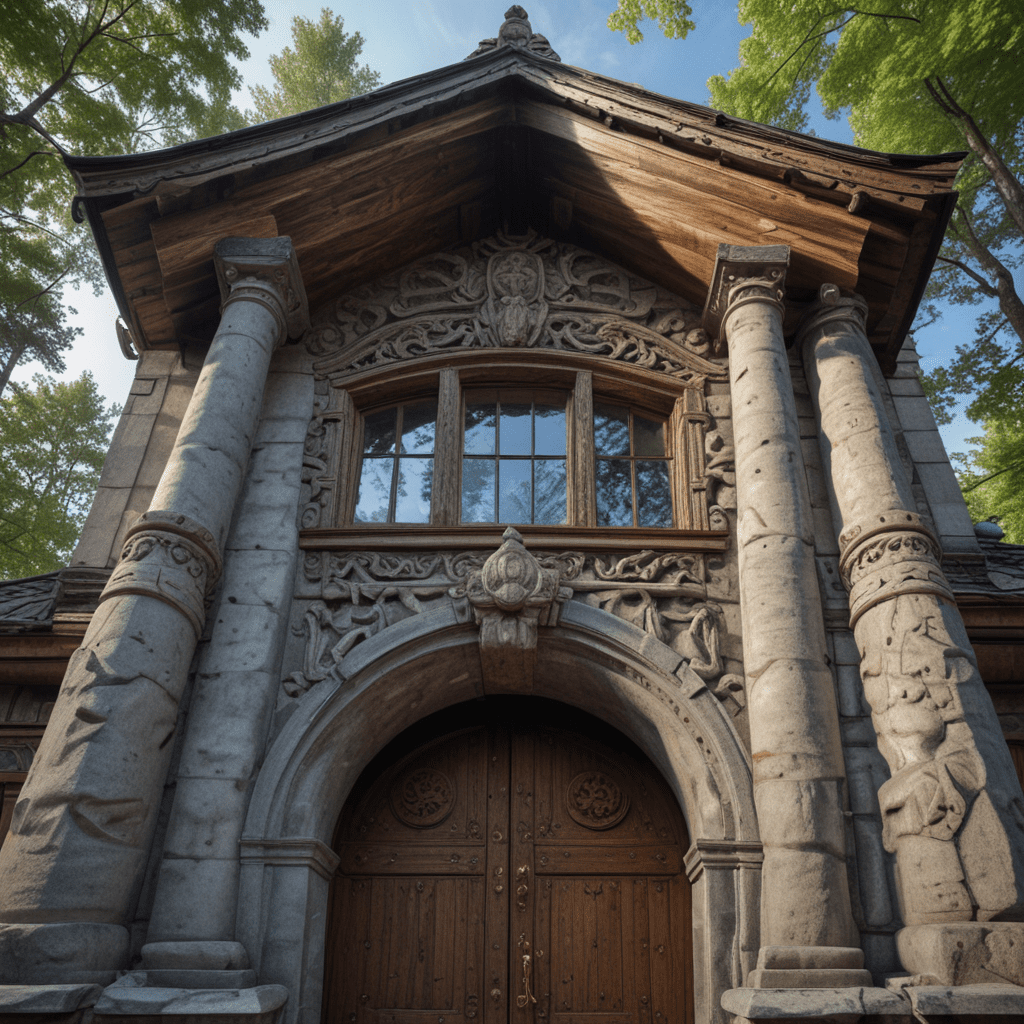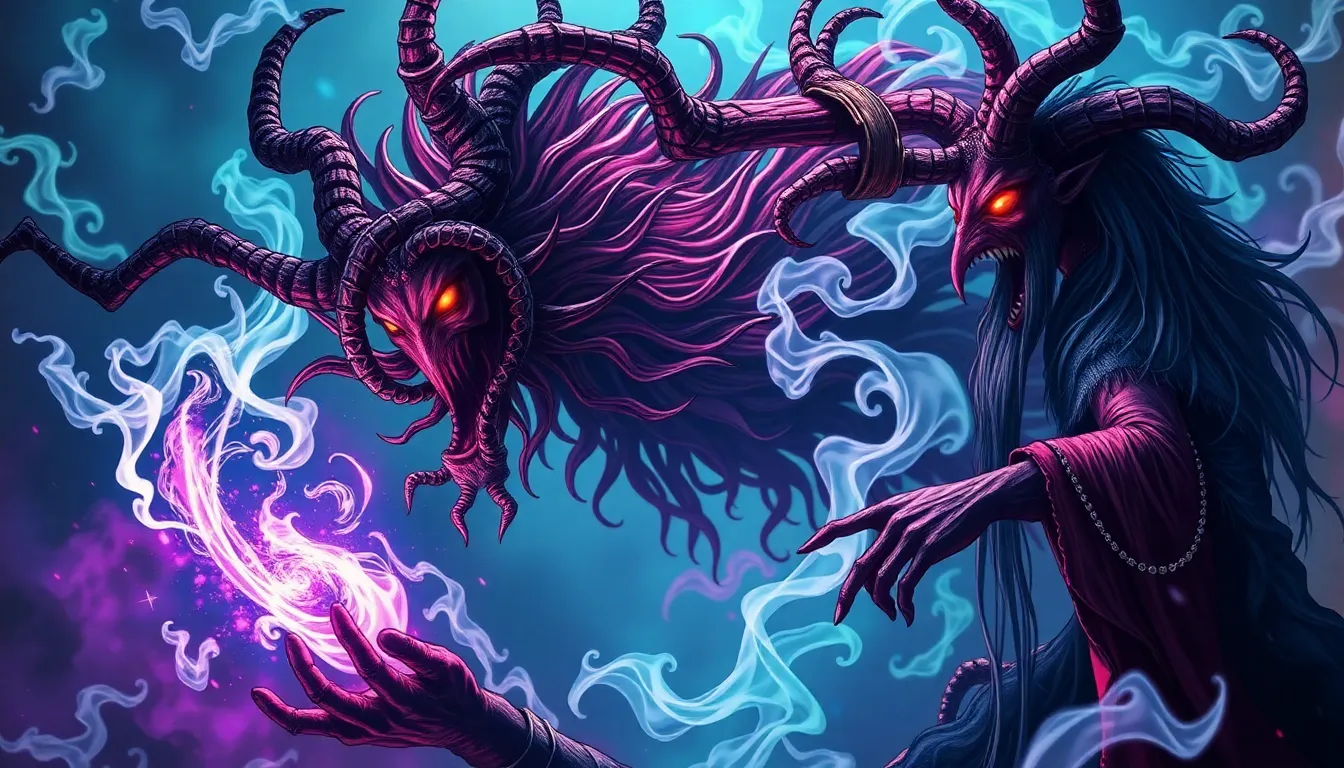The Celtic Cycle of Life and Death: The World Tree and the Eternal Cycle
I. Introduction
Celtic beliefs regarding life and death are deeply rooted in the natural world, reflecting a worldview that sees existence as a continuous cycle rather than a linear path. The Celts revered nature and the changing seasons, perceiving life and death as interconnected aspects of a greater whole. Central to this belief system is the concept of the World Tree, a potent symbol that embodies the interconnectedness of all life.
This article aims to explore the interconnection between life, death, and the eternal cycle as understood in Celtic mythology, focusing particularly on the significance of the World Tree.
II. The Concept of the World Tree in Celtic Mythology
The World Tree, often referred to as Yggdrasil in Norse mythology, has its Celtic counterparts, such as the Tree of Life or the sacred oak. This tree symbolizes the universe’s structure, connecting the heavens, earth, and the underworld.
In Celtic cultures, the World Tree is characterized by:
- Definition: The World Tree is a cosmic tree that connects all realms of existence.
- Symbolism: It represents life, growth, death, and rebirth.
Variations of the World Tree appear across various Celtic cultures, but they all share the common theme of connection. The tree serves as a bridge between different realms:
- Earth: Where humans reside and connect with nature.
- Sky: The realm of the gods and celestial beings.
- Underworld: The domain of the ancestors and the afterlife.
III. The Celtic Understanding of Life and Death
The cyclical nature of existence is a fundamental aspect of Celtic thought. Life and death are not seen as opposing forces but as integral parts of a continuous cycle. This worldview emphasizes:
- Rebirth and Transformation: Life follows death, leading to renewal and transformation.
- Death as Transition: Rather than an end, death is viewed as a passage to another existence.
The Celts believed that the spirits of the deceased continued to exist and could interact with the living, highlighting the fluidity of life and death.
IV. The Four Seasons and the Cycle of Life
The four seasons serve as a powerful metaphor for the cycle of life and death in Celtic culture. Each season embodies different stages of existence:
- Spring: Represents birth and renewal.
- Summer: Symbolizes growth and vitality.
- Autumn: Reflects maturity and the harvest of life.
- Winter: Signifies death and rest, preparing for rebirth.
Festivals and rituals, such as Samhain and Beltane, are aligned with these seasonal changes, celebrating the transitions and honoring the cyclical nature of life. The connection between nature and human experience is evident in how these events are woven into the fabric of community life.
V. The Role of Myths and Legends in Understanding the Cycle
Celtic myths and legends often feature the World Tree and portray the cycle of life and death. These stories convey important lessons about existence and the interconnectedness of all beings. Key myths include:
- The Tale of Cú Chulainn: A hero whose life reflects the themes of sacrifice, transformation, and honor.
- The Story of the Dagda: The god of life and death, representing the balance between the two realms.
Through their journeys, characters in these myths exemplify the cyclical nature of existence, teaching the importance of embracing both life and death as part of the natural order.
VI. The Influence of the World Tree on Celtic Spiritual Practices
The World Tree plays a significant role in various Celtic rituals and ceremonies. These practices often honor the tree as a symbol of life and connection:
- Rituals: Ceremonies may involve offerings or prayers at sacred trees.
- Contemporary Pagan Practices: Modern druids and pagans incorporate the World Tree into their spiritual beliefs.
The World Tree also serves as a vital symbol in personal spirituality, reminding practitioners of their connection to nature and the cycles of life.
VII. The Eternal Cycle in Modern Context
The themes of the Celtic cycle resonate with contemporary views on life and death, especially in an age that increasingly values sustainability and environmental consciousness. The relevance of the World Tree today includes:
- Environmental Movements: The World Tree symbolizes the interconnectedness of ecosystems, urging us to protect our planet.
- Spiritual Movements: Many people seek to reconnect with nature and understand their place within the greater cycle of life.
By bridging ancient wisdom with modern challenges, the concept of the World Tree encourages a holistic view of existence that emphasizes balance and respect for all life forms.
VIII. Conclusion
In summary, the Celtic cycle of life and death, represented by the World Tree, provides profound insights into the nature of existence. Key themes explored in this article include the interconnectedness of life and death, the significance of seasonal changes, and the enduring legacy of Celtic mythology.
As we reflect on our personal connections to the cycles of nature and existence, we are reminded of the wisdom of the Celts and the importance of honoring the eternal cycle that binds us all.




